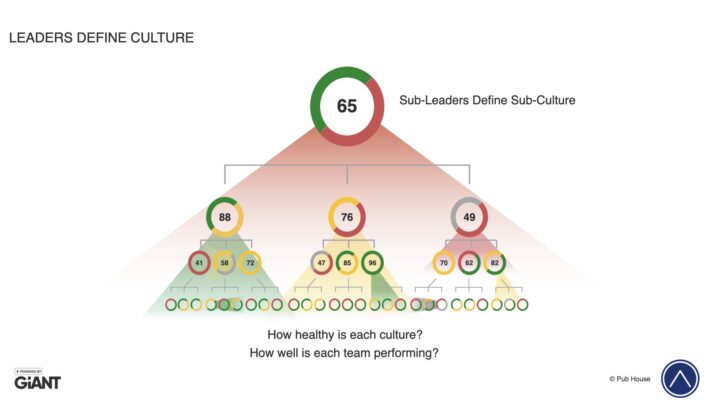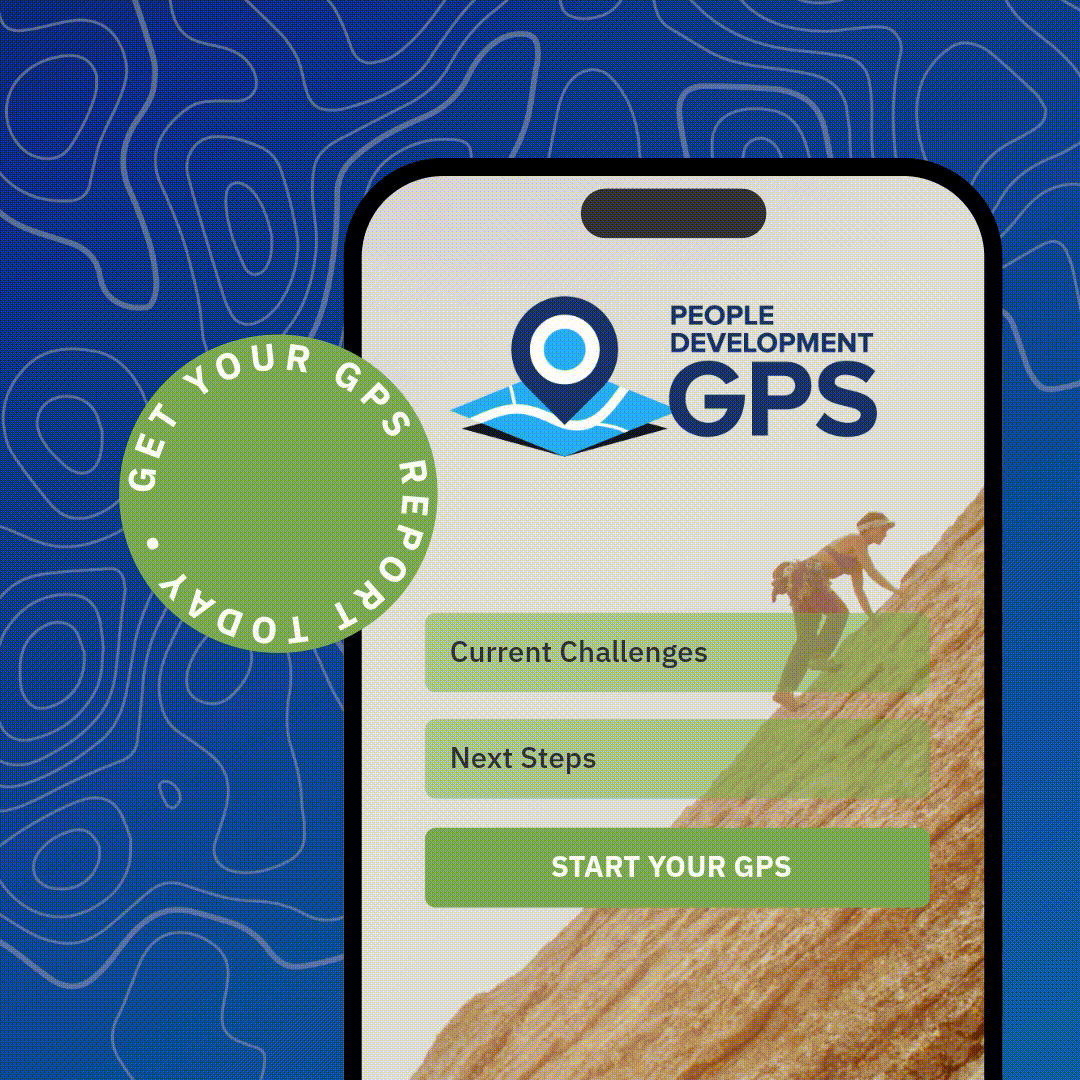Don't miss these 3 Key Takeaways from Gallup’s 2024 Global Workplace Report
You know what work feels like these days.
Employee stress is rising, quality hiring is difficult, and global competition is fierce. Even in the best workplaces, the challenges are real. And they keep coming.
The average team leaves at least $250,000 in lost revenue on the table every year.
How many teams are in your organization?
Multiply that number $250,000 and see if you could use that extra revenue.
Gallup's 2024 edition of the "State of the Global Workplace" unveils eye-opening insights into the dynamics of employee engagement, shedding light on critical factors impacting turnover, productivity, and ultimately, profitability.
As organizations worldwide grapple with the evolving landscape of work, you need to understand these trends to navigate the complex interplay between employee satisfaction, organizational success, and the bottom line.
Let's delve into the 3 key insights that emerged from this year's study, and explore their profound implications for the future of work.
1
When managers are engaged, employees are more likely to be engaged.
Leaders define culture, and sub-leaders define subculture.
There is not just one culture in your organization. No one-size fits all approach.
Too often, leaders and managers try to fix the problems in others without solving the root cause.
Yes, leaders define culture.
Yes, sub-leaders define subcultures.
Yes, every employee owns responsibility for culture.
One national organization sought to overcome a frontline turnover problem by investing in frontline leaders.
The challenge? Frontline leaders aren’t as engaged if managers and leaders aren’t engaged at high levels.
There is a gap in culture development between frontline leaders and executives, and it impacts your bottom line.
Highly engaged organizations have decreased absenteeism, turnover, and safety incidents/quality defects
Our clients routinely ask how to solve these challenges. The headaches of filling in staffing gaps or fixing problems takes time, energy, and effort away from building a thriving company.
According to the report, highly engaged business units and teams experience:
• 78% decrease in absenteeism
• 21% decrease in turnover (for high-turnover organizations)
• 51% decrease in turnover (for low-turnover organizations)
• 63% decrease in safety incidents
• 30% decrease in quality defects
When the same employees show up and are highly invested in the company's everyday work, they feel like they belong, and their work reflects their personal investment.
2
By the numbers
DECREASE IN ABSENTEEISM
DECREASE IN TURNOVER
(for high-turnover organizations)
DECREASE IN TURNOVER
(for low-turnover organizations)
DECREASE IN SAFETY INCIDENTS
DECREASE IN QUALITY DEFECTS
Highly engaged teams = fewer negative outcomes
+ more positive outcomes
+ greater success
3
Highly engaged employees increase customer loyalty, productivity and profitability
It's probably safe to assume profitability is a major goal in your company.
Customer loyalty and productivity are leading indicators of future profitability.
Gallup’s report indicates that highly engaged employees:
• Increase customer loyalty by 10%
• Increase productivity by 13%
• Increase profitability by 23%
Is it also a goal to invest in your people? Do you care about your employees?
Here’s the even better news:
Engaged employees have 68% higher wellbeing, in all areas of their lives.
Engaged employees aren’t only better team members, they are better family members, parents, spouses, and community members.
Engaged employees build a better world.
Our Business Impact Calculator can provide insight into your lost revenue. Go ahead, we’ll wait:
(The calculator does not save any identifiable data, so feel free to enter your numbers and let the calculator do the heavy lifting!)
Building culture begins with an intentional focus on how you are investing in and developing people. Companies that figure this out know that their people are an investment, not an expense.
NEXT STEP:
A great next step to help you get started is our People Development GPS. Take 10 minutes to clarify your current reality.
Then you can start building for tomorrow!


